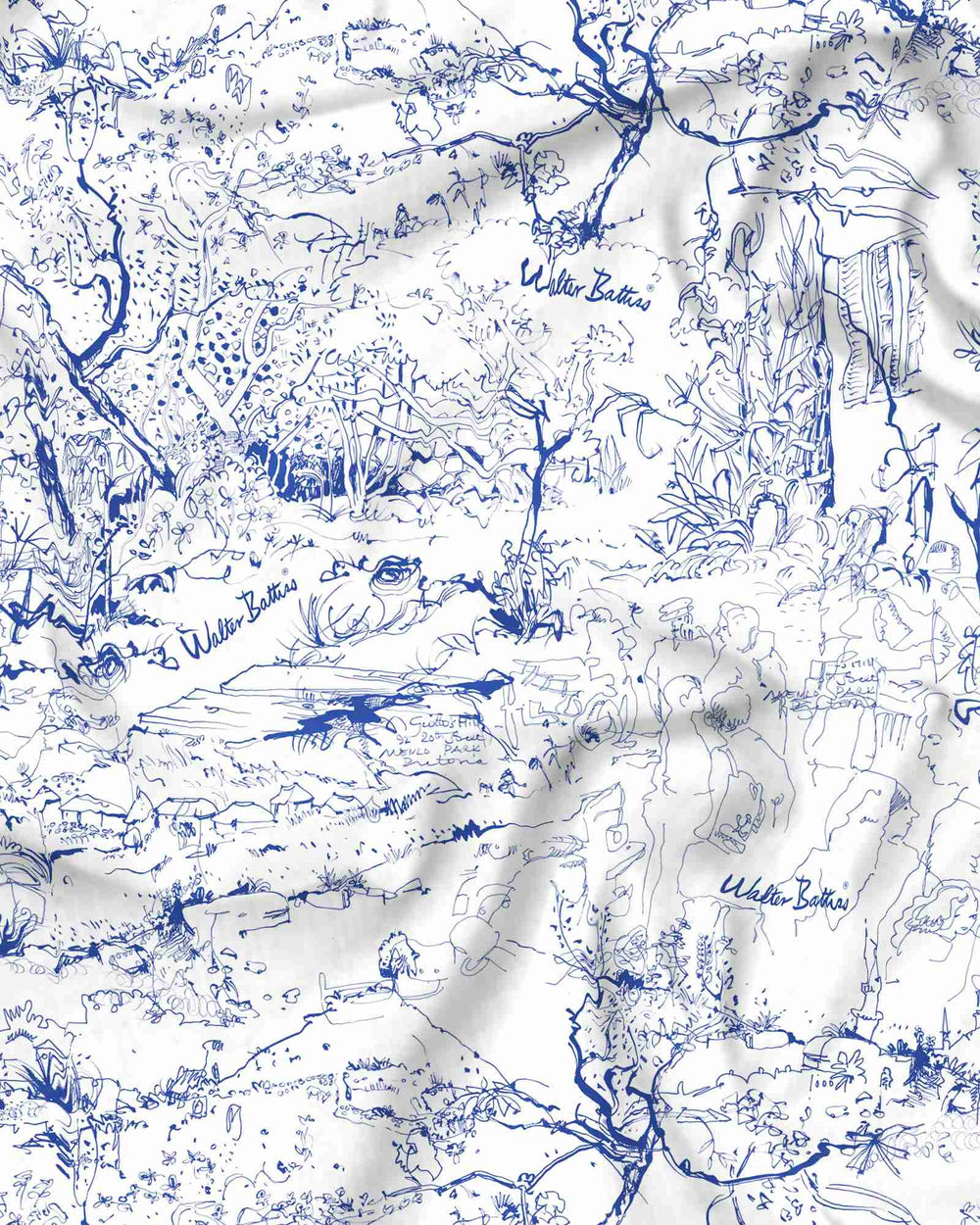Walter Battiss (6 January 1906 – 20 August 1982) was a South African artist known for his pioneering work in abstract and avant-garde art. He was born in Somerset East, South Africa and spent most of his life there, working as a schoolteacher and later as an artist.
Battiss was largely self-taught, and he initially started painting in a traditional style. However, he quickly became interested in modern and abstract art, and began experimenting with these styles in the 1930s. He was a member of the influential New Group, a group of South African artists who were interested in modernism and abstraction.
Battiss's work was heavily influenced by his travels and interest in non-Western art and culture. He was particularly fascinated by rock art and visited many sites in South Africa and around the world. He also collected and studied indigenous art and artifacts, and incorporated these influences into his own work.
One of Battiss's most famous series of works is his "Fook Island" series, which he began in the 1960s. Fook Island was a fictional island that Battiss created, and his works in this series were a kind of exploration of the island's culture, customs, and artifacts. The series was inspired by Battiss's interest in the idea of utopias and imaginary worlds.
Battiss was also a prolific writer, and he published many articles and books on art and culture. He was a key figure in South African art during the mid-20th century, and his influence can still be seen in the work of many contemporary South African artists.
As mentioned earlier, Battiss was interested in non-Western art and culture, and this interest was reflected in his work. He was particularly fascinated by rock art, and he spent many years exploring rock art sites throughout South Africa and elsewhere. He was also interested in the art and culture of other African countries, as well as Asia and the Pacific Islands.
Battiss's work often incorporated elements of these non-Western cultures, and he was particularly drawn to their use of color, pattern, and form. He experimented with a wide range of styles throughout his career, including abstract, surrealist, and figurative work.
One of the most significant themes in Battiss's work was the idea of imagination and fantasy. This is reflected in his Fook Island series, as well as in his other works, which often feature imaginary creatures and landscapes. He was interested in the idea of creating new worlds and exploring the boundaries of the imagination.
Battiss was also a significant figure in the South African art world during the mid-20th century. He was a founding member of the New Group, which was formed in the 1930s to promote modernism and abstraction in South African art. He was also a member of the influential Amadlozi Group, which was formed in the 1950s to promote African art and culture.
In addition to his work as an artist, Battiss was also a writer and a teacher. He wrote numerous articles and books on art and culture, and he taught at various schools and universities throughout his career.
Battiss's legacy continues to be felt in the South African art world today. He was a pioneer of modernism and abstraction in South Africa, and his work continues to inspire contemporary artists in the country and beyond.










